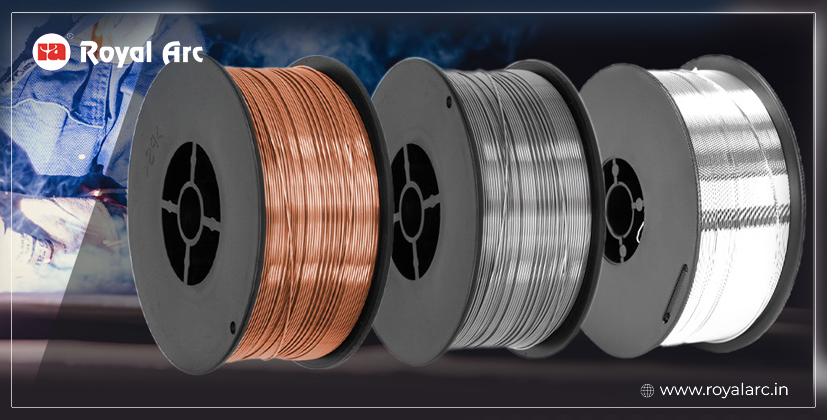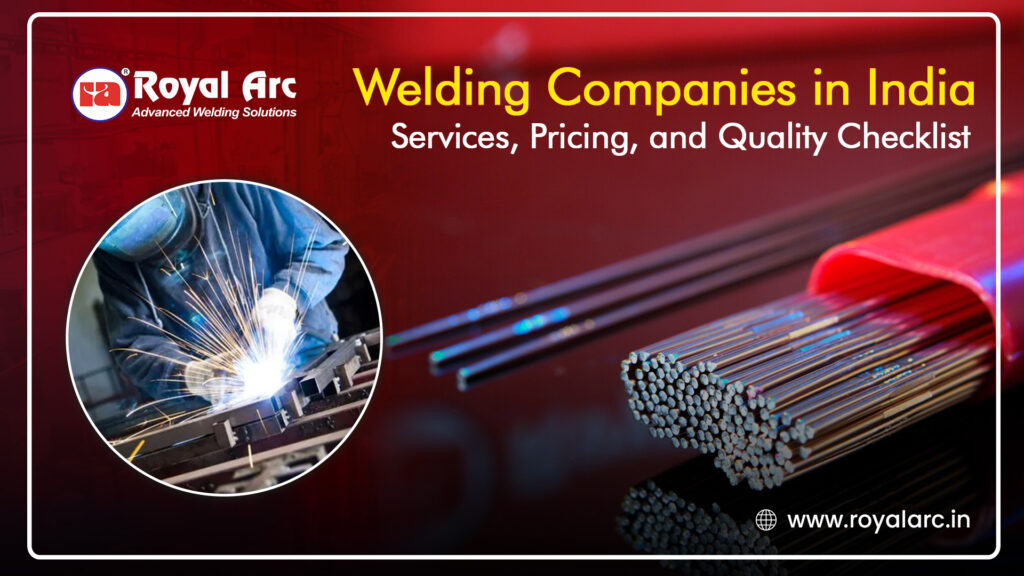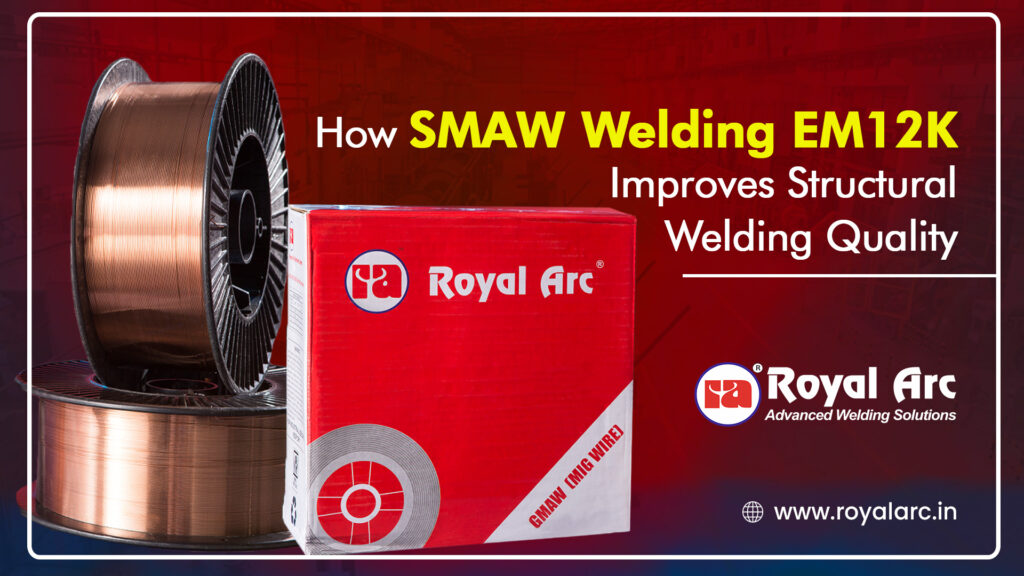Flux-cored wire manufacturers in Mumbai produce cored wires that are produced by infusing a steel strip in pipe form with numerous chemical substances. Flux cored wire can be utilised with any GMAW machine, with or without a gas shield. The procedure is called “Flux Cored Arc Welding.”
Cored wires are available in two configurations: folded and seamless. Folded flux-cored wires are formed by bending strips in a u-shape similar to a seamed pipe, filling them with a powder core (an alloy composition), and rolling them like a thin pipe. Seamless flux-cored wires are formed by filling the core with a seamless steel pipe band.
Flux-cored wires enable welding in all locations and allow for the use of a single product in all manufacturing and alloy types. The variety of base materials precluded this product from being a “one-product-for-all-alloy kinds” concept, which was one of the primary goals of this product’s creation. However, material science continued to advance, and high-tech materials began to take centre stage in the welding industry.
There is no one-size-fits-all filler metal. Among other factors, the mechanical and chemical qualities of the base material, the needed welding location, the available equipment, and the welding operator’s skill set all play a role in determining the optimal option.
When increasing productivity through increased deposition rates, flux-cored wires are frequently a suitable alternative. These wires are well-known for their outstanding performance and weld quality in various industries, including general fabrication and manufacturing, as well as offshore, construction, and ship building.
Flux-cored wire suppliers offer consumables with distinct welding characteristics and fulfills the various needs. Understanding their characters, advantages and disadvantages can assist you in determining whether they are the best option.
Products from Cored wire manufacturers with different Types and Characteristics
Cored wire manufacturers offer products in self-shielded and gas-shielded variants, with some designed for use in all positions (for example, American Welding Society [AWS] E71T-1C) or for flat and horizontal applications (E70T-1C). Both are gas-shielded and produce a slag that assists in protecting the liquid weld metal during cooling, but one should remove the slag after welding and between passes.
These wires are available in various base metals, including mild steel, low-alloy steel, stainless steel, and nickel alloys. They are available in tensile strengths of up to 70 KSI for mild steel welding and 80 to 120 KSI for high-strength, low-alloy steel welding.
When an arc is initiated, self-shielded flux-cored wires (FCAW-S) generate their shielding gas, removing the requirement for an external gas cylinder and making them ideal for use in portable and distant applications. However, these wires emit slightly more smoke and spatter than gas-shielded flux-cored wires. Reliable flux-cored wire dealers offer products in many categories that exhibit excellent impact durability, especially at low temperatures.
The flux that is self-shielded-cored wires is frequently used in place of shielded metal arc welding (SMAW) electrodes to boost productivity due to their continuous feed and lack of recurring downtime for changeover.
Gas-shielded flux-cored wires (FCAW-G) require either pure CO2 or a mixture of argon and CO2 as an external shielding gas. They have a greater operator appeal, which means they are easier to handle and employ to create a visually pleasing weld. They are primarily utilized in a retail context. When used outside, FCAW-G wires may require a barrier, such as a tent or some other method of protecting the weld pool from blowing away the shielding gas.
Get durable welding consumable – Flux-cored wire manufacturers in Mumbai
Flux core welding, also known as tubular electrode welding, originated from MIG welding to increase the arc action, metal transfer, weld metal characteristics, and weld aesthetics. It is an arc welding technology that utilises an arc between a continuously supplied tubular electrode wire and the workpiece to generate heat for welding.
The flux-cored welding wire, or electrode, is a hollow tube filled with deoxidizers, fluxing agents, metal powders, and ferroalloys. The only noticeable difference between flux-cored and solid cold-drawn wires is the closing seam, which is a fine line.
There are two methods for flux-cored electrode welding:
Carbon dioxide gas can be utilised in conjunction with the flux to increase shielding.
The flux core can supply all shielding gas and slagging materials on its own.
Benefits of procuring materials from cored wire manufacturers
1. It will boost manufacturing speed by 10% to 40% due to the high deposition speed (weld metal/min).
2. It is capable of welding in any position.
3. It ensures superior mechanical characteristics and hardness with a precise microstructure with minimum heat input compared to conventional processes.
4. It is possible to weld open-arc (without the use of shielding gas).
5. In the medium and high alloy product categories, the cost per kilogram is less than solid wire.
Flux-cored wire manufacturers have complete control over the formulation of their products (core content). Thus, the weldability of cored wires is superior to that of some GMAW wires. This is a more rapid procedure than the electrode method. Metal-cored formulations are slag-free and ideal for robotic multi-pass applications.
Proper technique and operation, when combined, can result in increased weld quality and production while also minimizing costly downtime.




